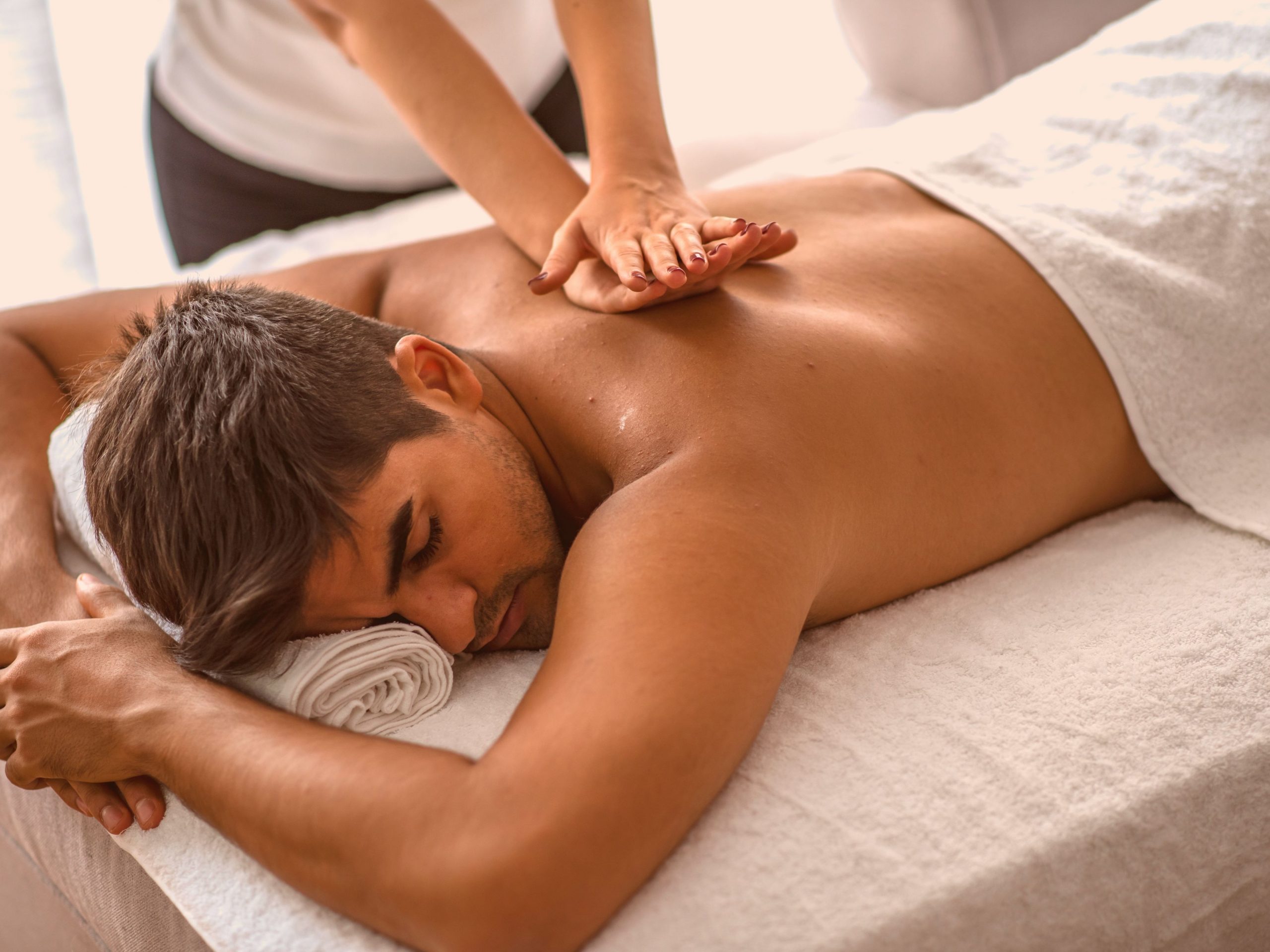Giving your spouse a relaxing massage at home is a great way to show your love and care for them. A good massage can help relieve stress, tension, and sore muscles, and promote relaxation and well-being. Here are some tips on how to give your spouse a relaxing massage at home.
Prepare for the Massage
Before you start the massage, make sure you have everything you need. This includes a comfortable massage table or bed, clean sheets and towels, massage oil or lotion, and any other props or tools you may need, such as hot stones, pillows, or blankets. You should also consider your own comfort and posture during the massage, and use proper body mechanics and ergonomics to prevent strain or injury.
Create a Calming Atmosphere
To help your spouse relax and enjoy the massage, you should create a calming and comfortable atmosphere. This includes dimming the lights, playing soft music or nature sounds, and using aromatherapy candles or diffusers to create a pleasant scent. You should also ensure that the temperature and humidity are suitable, and that there are no distractions or interruptions during the massage.
Use the Right Techniques
To give your spouse a good massage, you need to use the right techniques and strokes. This includes using long, smooth strokes for relaxation, and deeper pressure and kneading for tension and soreness. You should also use your hands, fingers, thumbs, and forearms in a variety of ways, such as effleurage, petrissage, friction, and tapotement, to provide a range of sensations and benefits.
Focus on Key Areas
Different people have different areas of tension and soreness, so it’s important to focus on the areas that your spouse needs the most. This may include the neck, shoulders, back, hips, legs, and feet. You should also pay attention to your spouse’s feedback and cues, such as breathing, moaning, or twitching, to adjust your pressure and techniques accordingly.
Communicate and Listen
Communication is key to a good massage, as it helps you understand your spouse’s needs and preferences. You should ask your spouse about their areas of tension and sensitivity, their preferred pressure and strokes, and their feedback during the massage. You should also listen to their nonverbal cues, such as facial expressions, breathing, and body language, to ensure that they are comfortable and relaxed.
Finish with Relaxation Techniques
To finish the massage, you should use relaxation techniques to help your spouse transition from the massage to a state of rest and calm. This includes using gentle strokes, such as effleurage or feathering, to soothe the skin and nerves, and applying pressure to acupressure points or reflex zones to promote relaxation and balance. You should also encourage your spouse to take deep breaths and visualize a peaceful scene or mantra.
Remember to take your time during the massage and avoid rushing through it. Rushing can cause discomfort and prevent your spouse from fully relaxing and enjoying the massage. You should also take breaks as needed and stretch your own muscles to prevent strain and fatigue.
If you are new to massage or are unsure about the proper techniques, you may want to take a massage class or workshop together with your spouse. This can help you learn more about massage theory and practice, and improve your skills and confidence.
Another tip to make the massage more enjoyable and meaningful is to incorporate personal touches and preferences. For example, you can use your spouse’s favorite massage oil or lotion, play their favorite music or podcast, or add a special message or gift to the massage. This can help create a more personalized and memorable experience for both of you.
Lastly, remember that a massage is just one way to show your love and care for your spouse. There are many other ways to nurture your relationship, such as spending quality time together, sharing your thoughts and feelings, and supporting each other’s goals and dreams. By combining different forms of love and care, you can create a strong and fulfilling partnership that lasts a lifetime.


